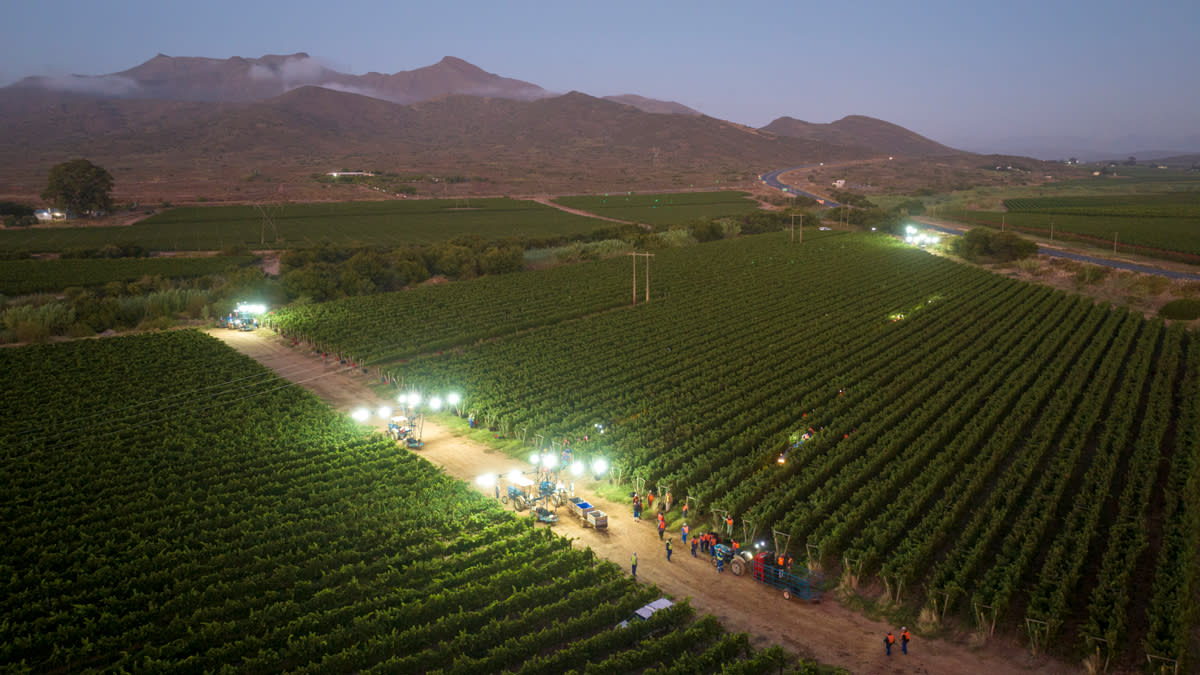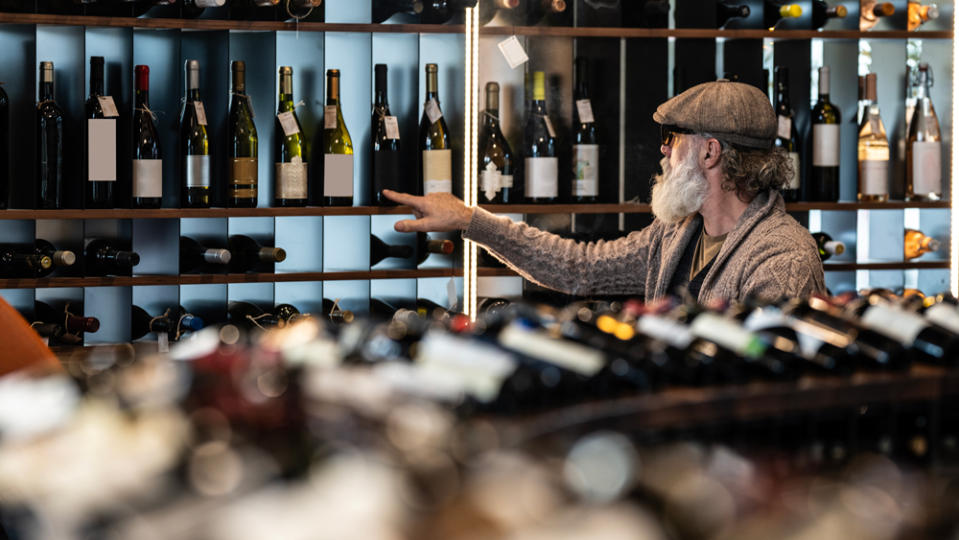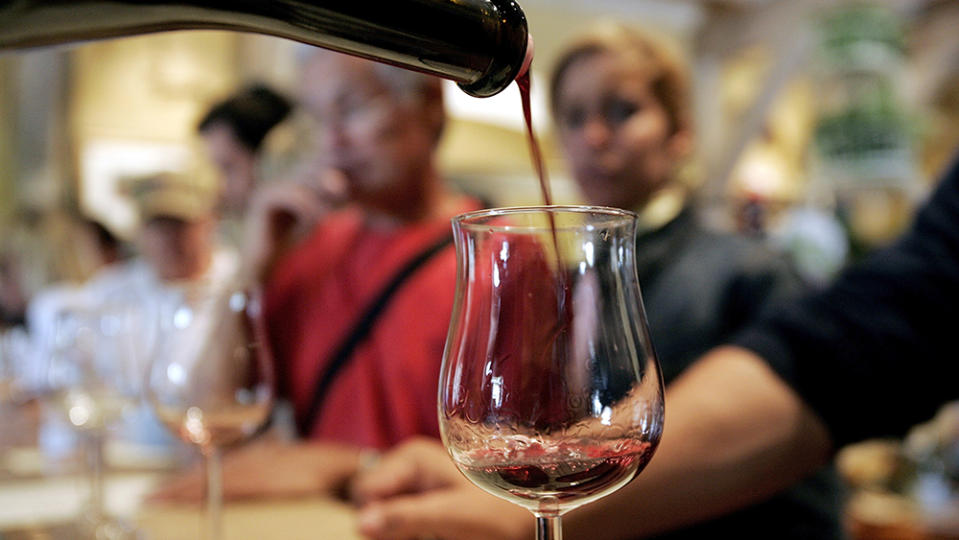What the Wine World Must Do to Survive—and Thrive

This story is from an installment of The Oeno Files, our weekly insider newsletter to the world of fine wine. Sign up here.
One annual ritual of the U.S. wine world is the arrival of Silicon Valley Bank State of the U.S. Wine Industry report each January. Authored by Rob McMillan following an exhaustive survey of United States wine producers and an analysis of American wine production and consumer behavior, the report offers predictions for the coming year and recommendations for the industry. SVB’s executive vice president and founder of its wine division, McMillan opened his 2024 report with the words “survival of the fittest” and a related quote from Charles Darwin: “It is not the strongest of the species that survives, not the most intelligent that survives. It is the one that is the most adaptable to change.”
More from Robb Report
Young People Are 'Doom Spending' on Luxury Goods. Here's Why.
Young Vintners Are Making Serious Wine. Now They Have to Convince Their Generation to Drink It.
The Winery Inside a Winery Making Stellar Cabernet Sauvignon
Although many in the industry took this as a harbinger of grim tidings, McMillan tempered this by focusing on the word adaptability on the following page. “Survival of the fittest is thought by most to mean the biggest and strongest will survive, but that’s not the whole story,” he told us. “Darwin suggested species that survived were the most adaptable to change. Surviving species were often those more successful in collaborating instead of competing within their group for success.”
The report outlines many of the challenges facing the wine industry, such as the fact that younger consumers are drinking less alcohol, including wine, as reported in a recent Gallup poll. Various reasons including a preference for cannabis over alcohol and a belief, partly fueled by a growing neo-prohibitionist movement and the World Health Organization, that alcohol is harmful to health. The report also discusses overproduction of grapes and wine, especially at the lower end of the market, and the general decline in sales for bottles in the under-$15 category. Additionally, in-person winery visits are down, because McMillan believes people made more ambitious travel plans last summer than sitting at a winery. That behavioral change drove down on-premise revenues. However, he thinks those numbers will rebound in 2024.

McMillan defines the neo-prohibitionist movement as “a segment of people who have as their primary goal, the reduction or elimination of the consumption of alcohol,” pointing out that they are well-funded, zealous, and working to influence “country-level governance” for enforcement. This is one area in which the wine industry can and should begin to collaborate—working together to remind the public that wine is more than just a beverage; it’s a cultural institution. Enjoying a wine can be a way to connect to those around you, in addition to all the people making it, too, from vineyard workers to winery employees to the shop owner who talks with you and guides you to the perfect bottle. There are real people and very cool heritage all around these bottles of fermented grape juice. But the wine world can’t just lean on that tradition; McMillan is right that adapting is key.
With winery tourism declining, producers—especially those that rely on direct-to-consumer channels rather than retail and restaurant distribution—must figure out how to keep customers coming in. Skipstone, a winery in Sonoma’s Alexander Valley that focuses on Cabernet Sauvignon and Bordeaux-style blends and single varietals, has a luxurious 8,000-square-foot residence on-site that can be rented out by those whose desire for immersion in wine country includes being surrounded by vineyards. Brian Ball, Skipstone’s general manager, tells us that the challenge of not having a 2020 vintage due to wildfires led to taking new approaches to connecting with wine lovers, including collaborative tasting events around the country with other producers and taking part in “best of” collective wine packages with other Napa and Sonoma wineries.
Lorenzo Trefethen, third-generation vintner at Trefethen Family Vineyards in Napa, believes that he and other millennials must engage audiences in new ways, because most likely they and younger Gen Z consumers have never read a printed wine magazine or heard of the influential critics their parents (or grandparents!) may have followed. Last year, he and his family launched Takeoff with Trefethen, a $30-per-person special tasting at the estate specifically designed for novices and newcomers, in which guests visit the vineyard. “It’s time to start making ourselves relevant to future wine lovers who value experiences, sustainability, and authenticity,” he says.

While much of the report focuses on the decline at the entry level of the wine market, McMillan sees a silver lining for the type of wine that appeals to Robb Report readers. He thinks that top-tier wineries may temporarily produce less wine if necessary while waiting out market instability. “The good news for the luxury wine buyer is that you won’t see the same annual price increases as in the past,” he says. “In practice, some producers will decide to increase prices while others will hold firm, creating relative values for discerning wine buyers.”
That said, he tells Robb Report, “True luxury is timeless. A vintage car, watch, handbag, or bottle of wine may be worth more in five years than it is today. So authentic luxury producers have to remain true to their guiding star.” So if you’ve been seeing headlines announcing that the end is near for your precious wine, rest assured that people across all areas of this multi-faceted industry are doing their all to keep the best bottles coming your way.
Want more exclusive wine stories delivered to your inbox every Wednesday? Subscribe to our wine newsletter The Oeno Files today!
Best of Robb Report
Why a Heritage Turkey Is the Best Thanksgiving Bird—and How to Get One
The 10 Best Wines to Pair With Steak, From Cabernet to Malbec
Sign up for Robb Report's Newsletter. For the latest news, follow us on Facebook, Twitter, and Instagram.

